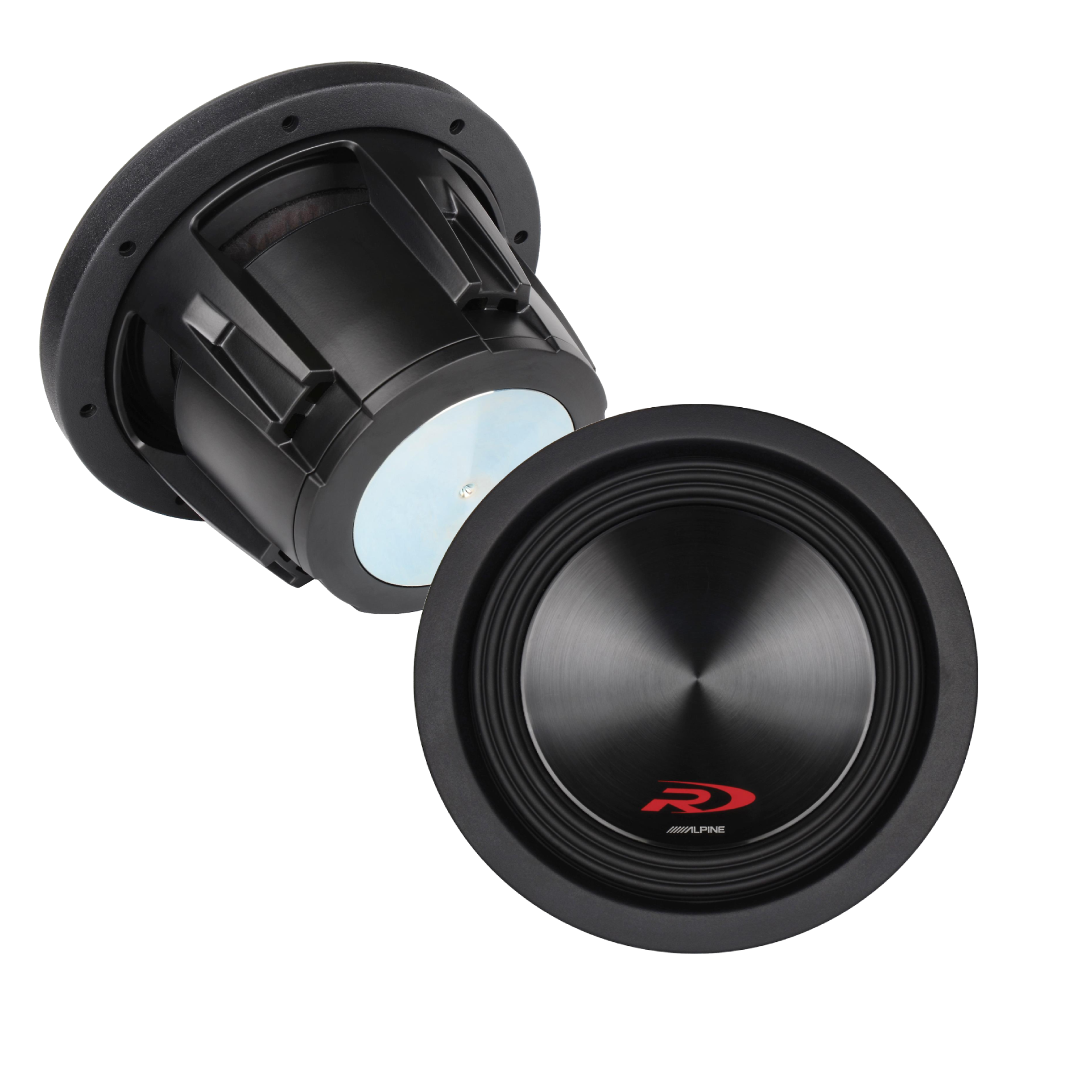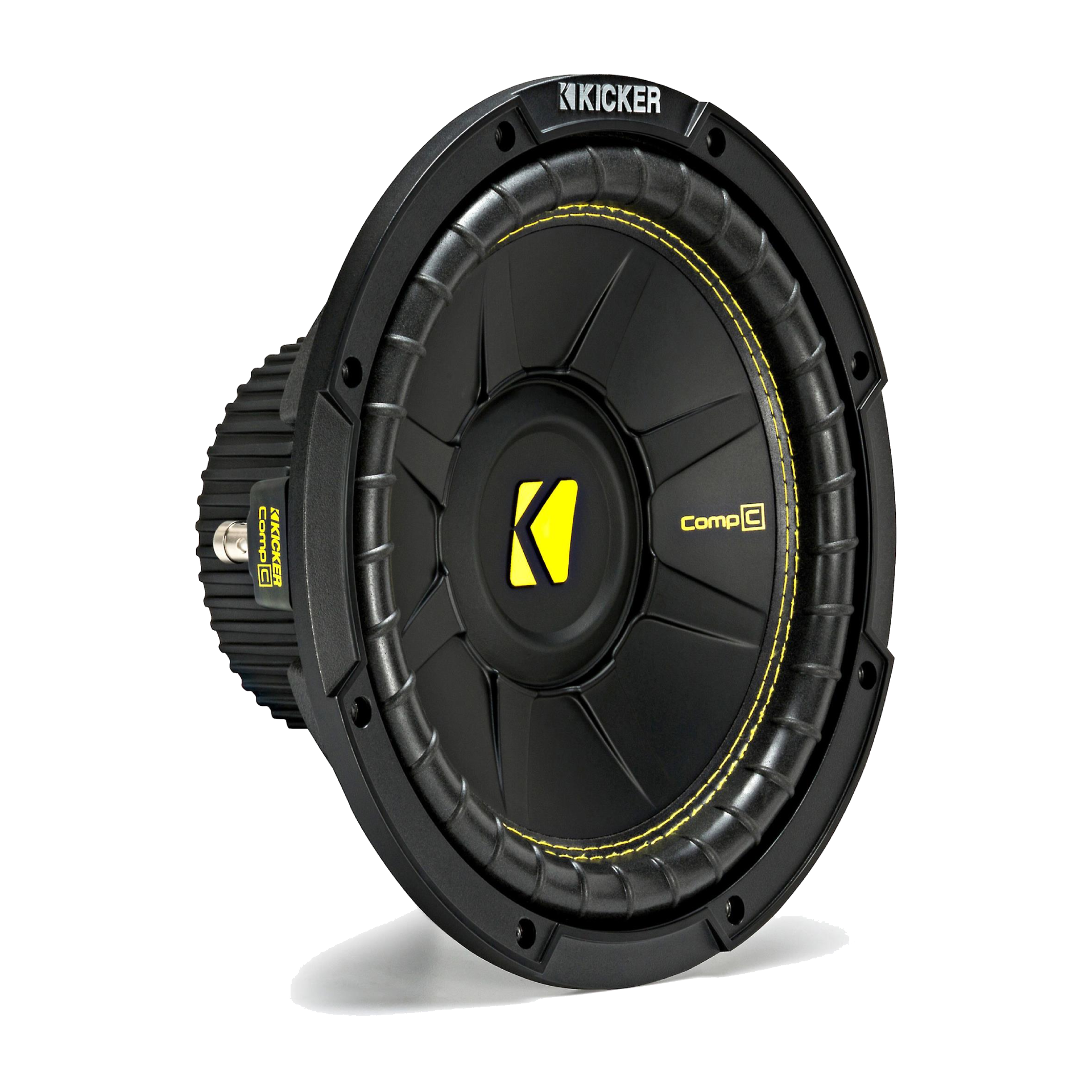
The secret to great bass is making sure your subwoofers and amp are evenly matched and will properly work together. And this article will help you figure out how to do just that — match amplifiers and subwoofers.
Getting the right sub for an amp, or the right amp for a sub, is like solving a puzzle. A subwoofer has impedance (measured in ohms) which represents the "load" an amplifier will sense on its output. An amplifier will put out different amounts of power (watts RMS) based on the impedance load it "sees."
The amplifier's capabilities (X watts RMS into Y ohms) needs to match the subwoofer's specifications (Y ohms and can handle X watts HOW TO WIRE SUBS RMS). Your goal is to get those two variables to match for both the amplifier and the subwoofer. Below, we cover the important basics of powermatching, impedance, and planning for the number of subs you want, and we approach the situation from both sides of the system:
The subwoofers need to be the same Multiple subs wired together must be the same coil type and impedance. If they’re not, the power won’t divide evenly between them, and some subs would probably be over-powered while others get underpowered. If you want to run different types of subs in a system, each type needs to have its own separate amp.
Step 1: How much power? Find out the “watts RMS” rating of the sub Then, multiply the number of subs you have by the RMS rating of each, to get their total RMS rating. You want to make sure the amp you choose will supply no more than the sub system’s total RMS rating.
Step 2: What impedance? The results of combining coils and subs Figure out the possible total impedance(s) that the subs can be wired together to form
(SVC = single voice coil, 1 pair of terminals; DVC = dual voice coil, 2 pairs of terminals.)

Step 3: Pick an amp that can do both — X watts at Y ohms
Look for an amplifier that can put out power up to the RMS wattage you’ve figured in Step 1, at an impedance load the subs can be wired to form, from Step 2 Estimating amp power at the odd impedance values: Example: You have two Alpine Type R SWR-8D4 8". subwoofers and you want the right amp for them.
Example: You have two Alpine Type R SWR-8D4 8". subwoofers and you want the right amp for them.The last is too high a load to be practical, so you’ll look for an amp that can put out up to 700 watts RMS into either a 4-ohm load, or a 1-ohm impedance load:

Step 1: What can the amp do? Find the RMS ratings of the amp at different loads Find the amp’s power, expressed in “watts RMS”, at 4 ohms, at 2 ohms, and, if it can, at 1 ohm. Pick the power you’d like to achieve. The load impedance (ohms) of that rating will be what you want your subs’ total impedance to be.
Step 2: How many subs do you want? Divide the power you picked in Step 1 by the number of subs you want. This number is the target RMS rating for each of the subs you’ll choose. Step 3: What impedance does each sub need to be and how many voice coils? Using the impedance you picked in Step 1 and the number of subs from Step 2, cross-reference the possible coil configurations that you can use:
| # Subwoofers | 1-ohm | 2-ohms | 4-ohms |
|---|---|---|---|
| 1 Subwoofer | DVC 2-ohms | SVC 2-ohms DVC 4-ohms | SVC 4-ohms DVC 2-ohms |
| 2 Subwoofer | SVC 2-ohms DVC 4-ohms | SVC 4-ohms DVC 2-ohms | SVC 2-ohms DVC 4-ohms |
| 3 Subwoofer | (1.3 ohms)* SVC 4-ohms DVC 2-ohms | (3 or 2.7 ohms)* DVC 2-ohms DVC 4-ohms | (6 ohms)* SVC 2-ohms DVC 4-ohms |
| 4 Subwoofer | SVC 4-ohms DVC 2-ohms | SVC 2-ohms DVC 4-ohms | SVC 4-ohms DVC 2-ohms |

Kicker CompC 10" component subwoofer All these subwoofers will sound their best when amplified with the proper amount of power. Differences in size have more to do with tonal qualities and frequency response than with power performance. And optimizing performance is the point of matching subs and amps together.
